Refund Guaranteed
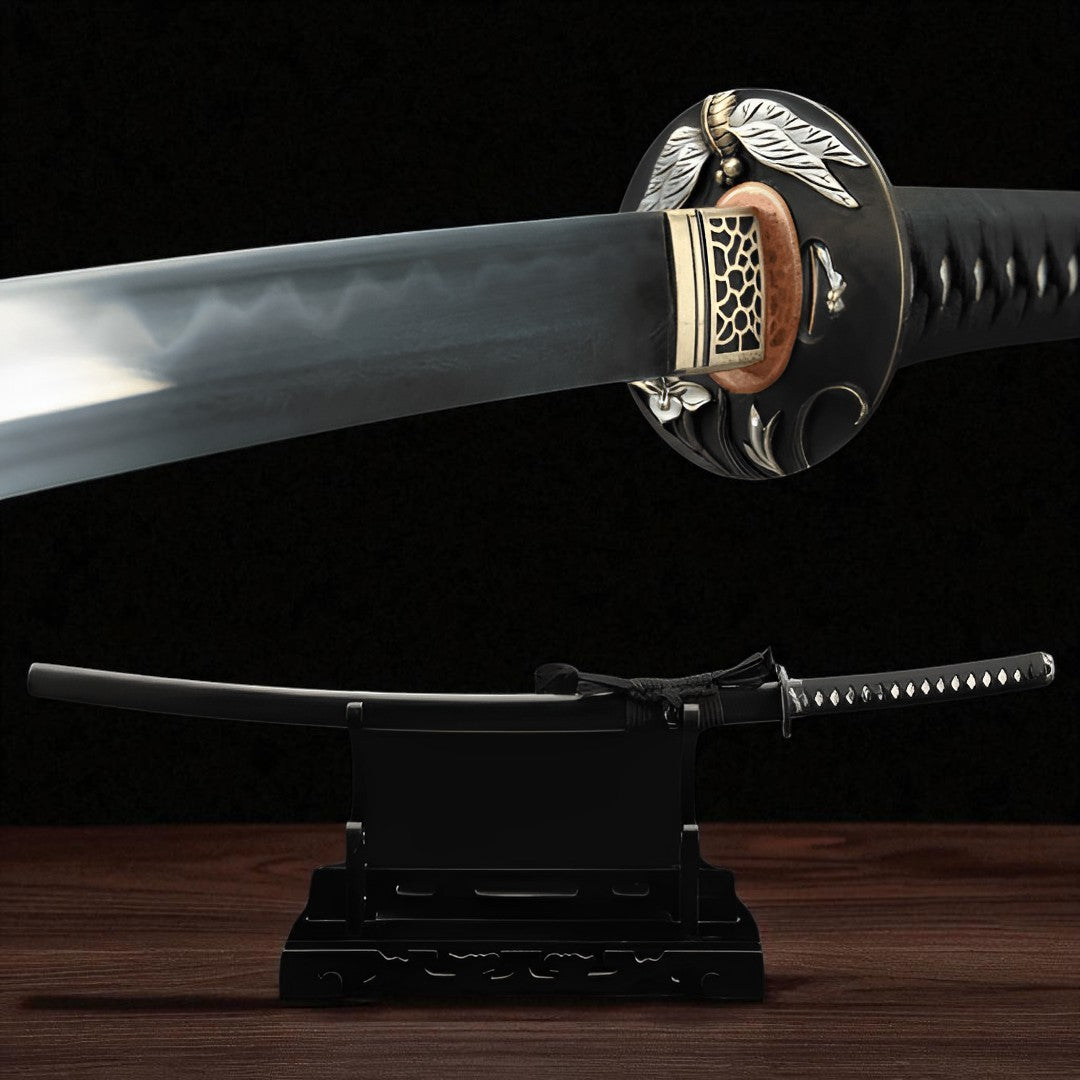
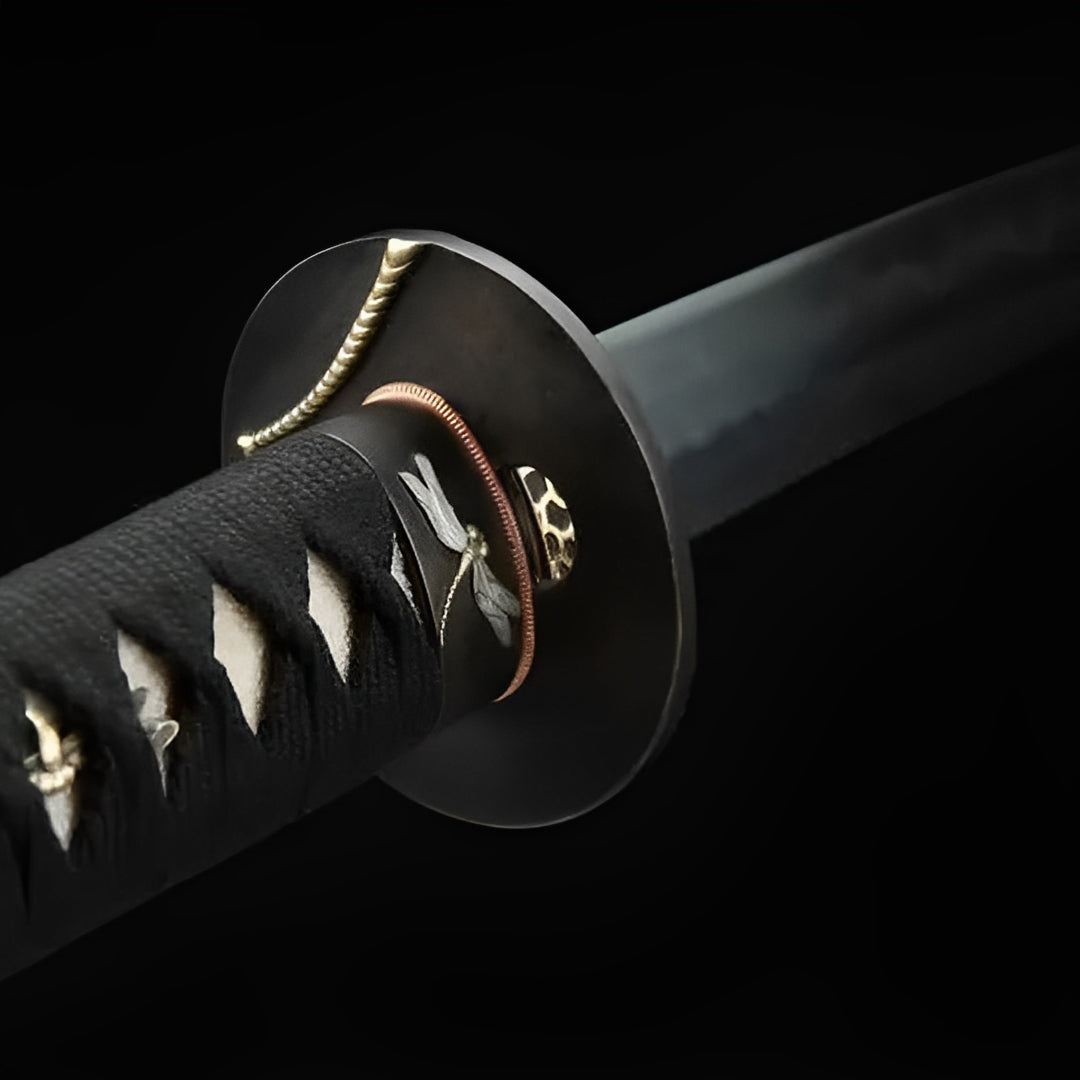
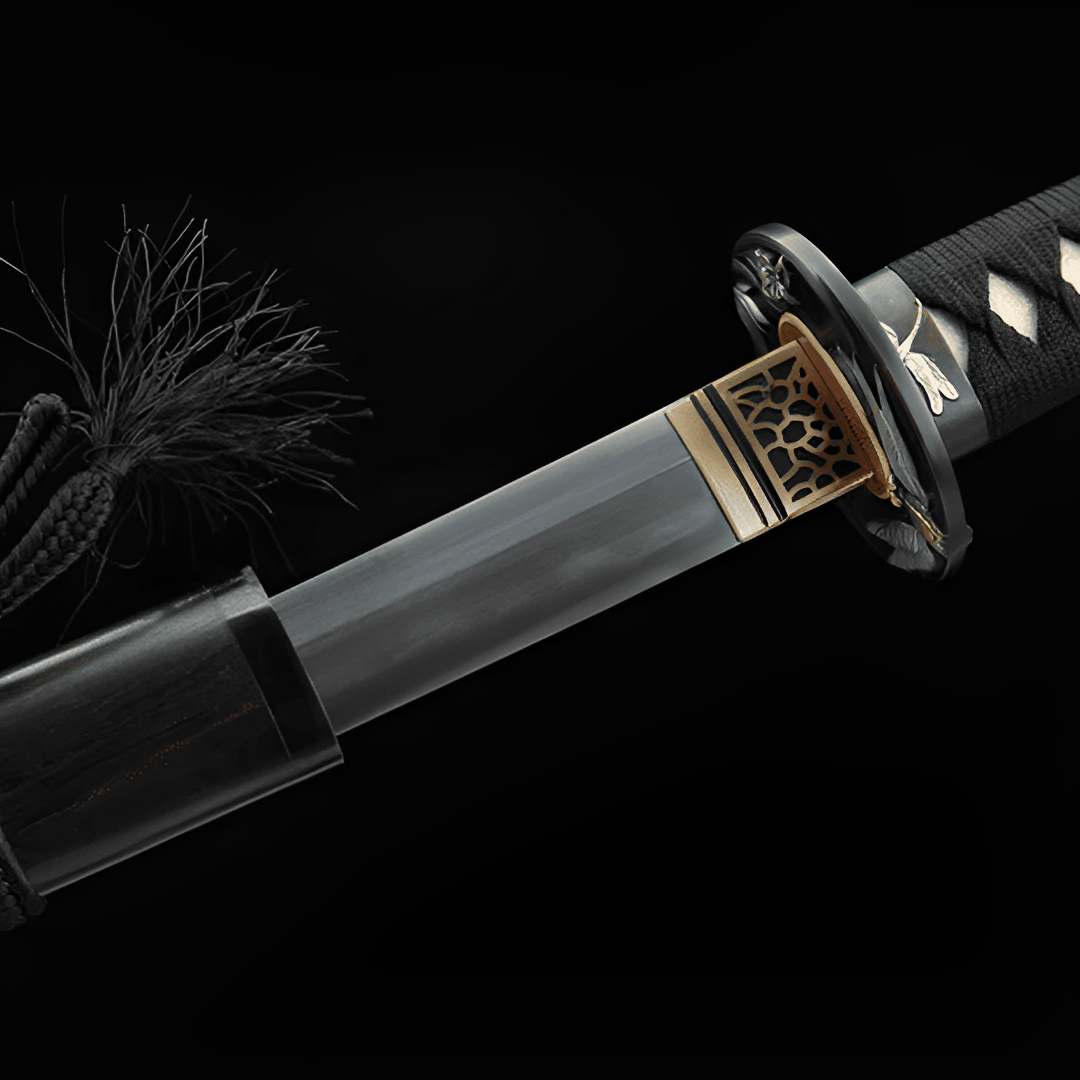
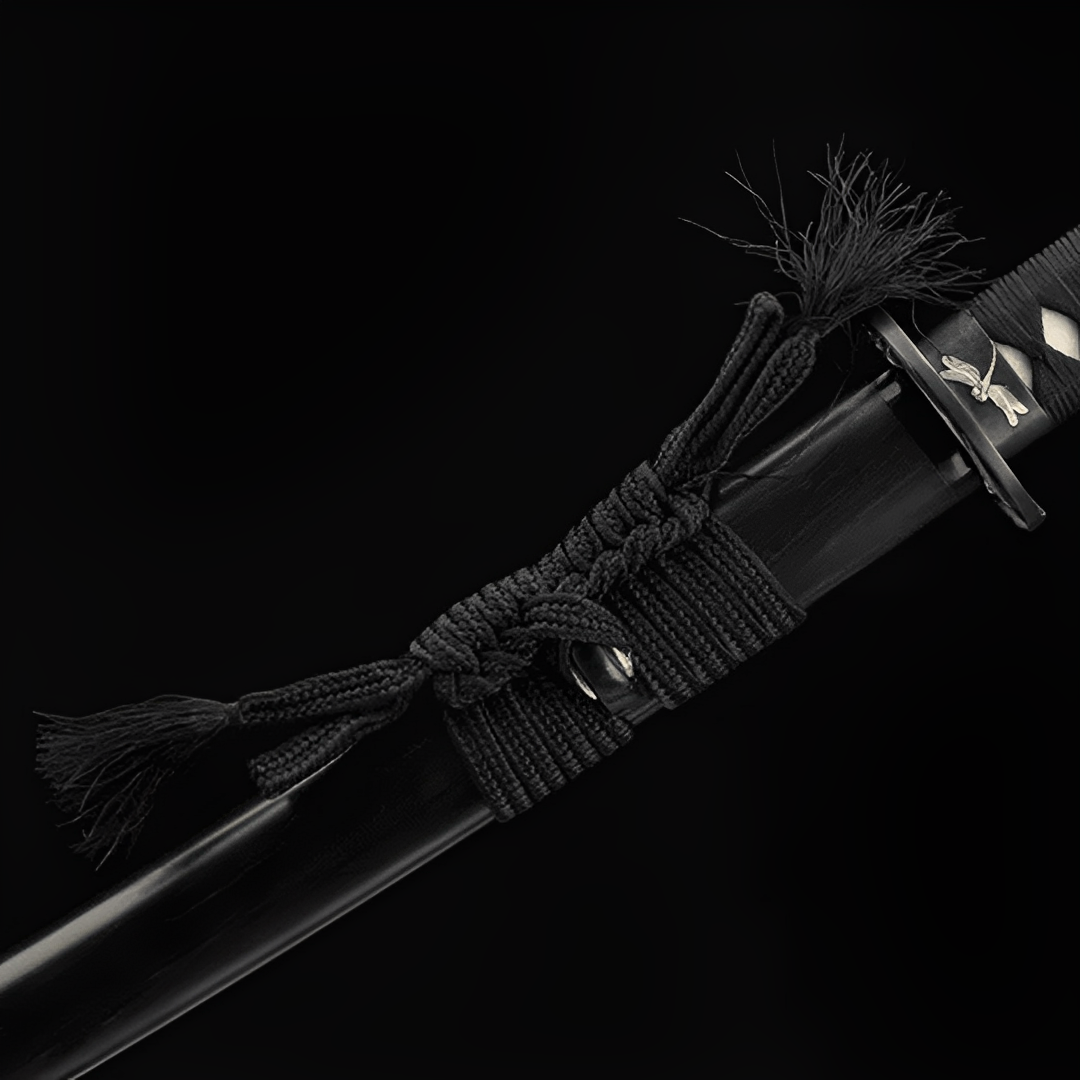
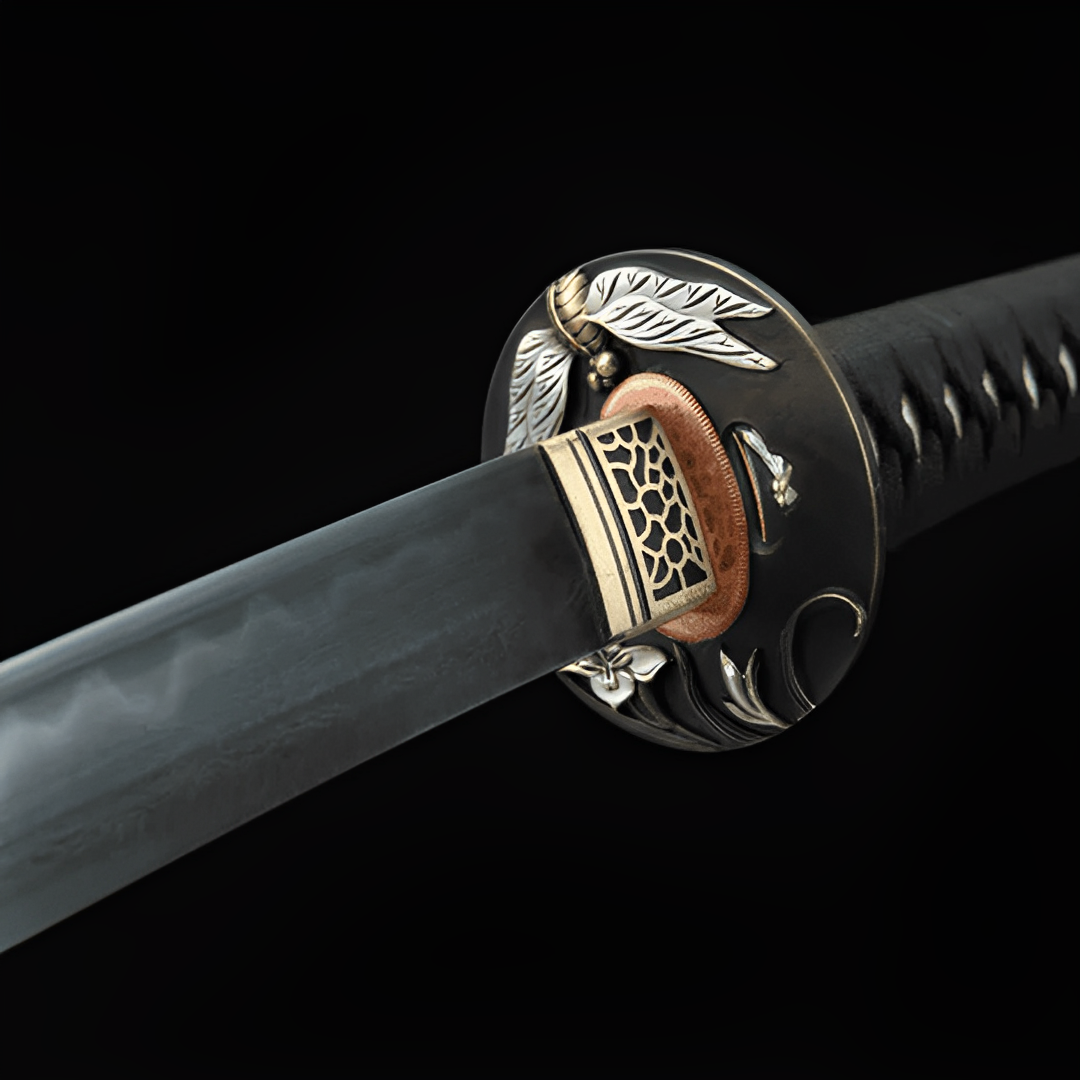
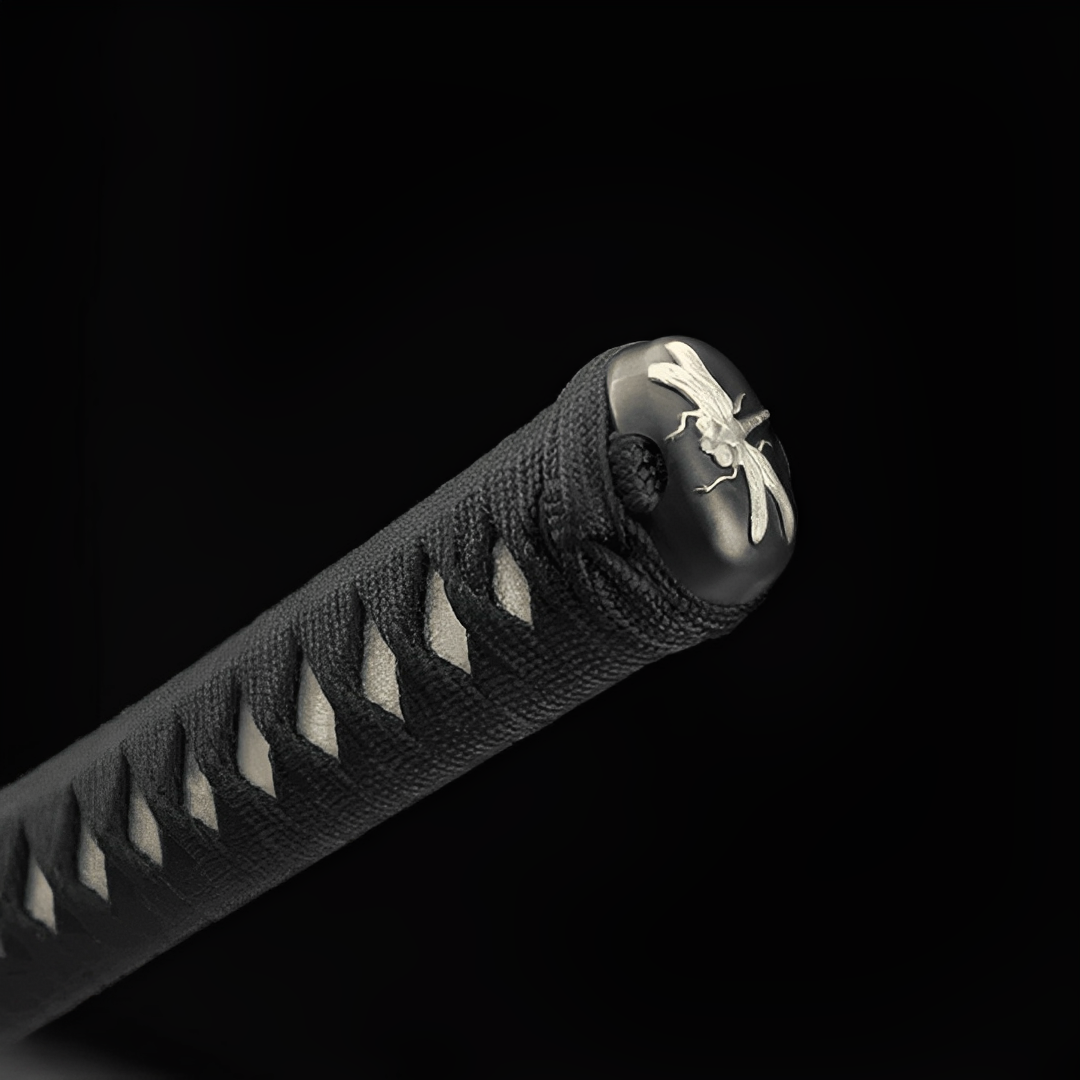
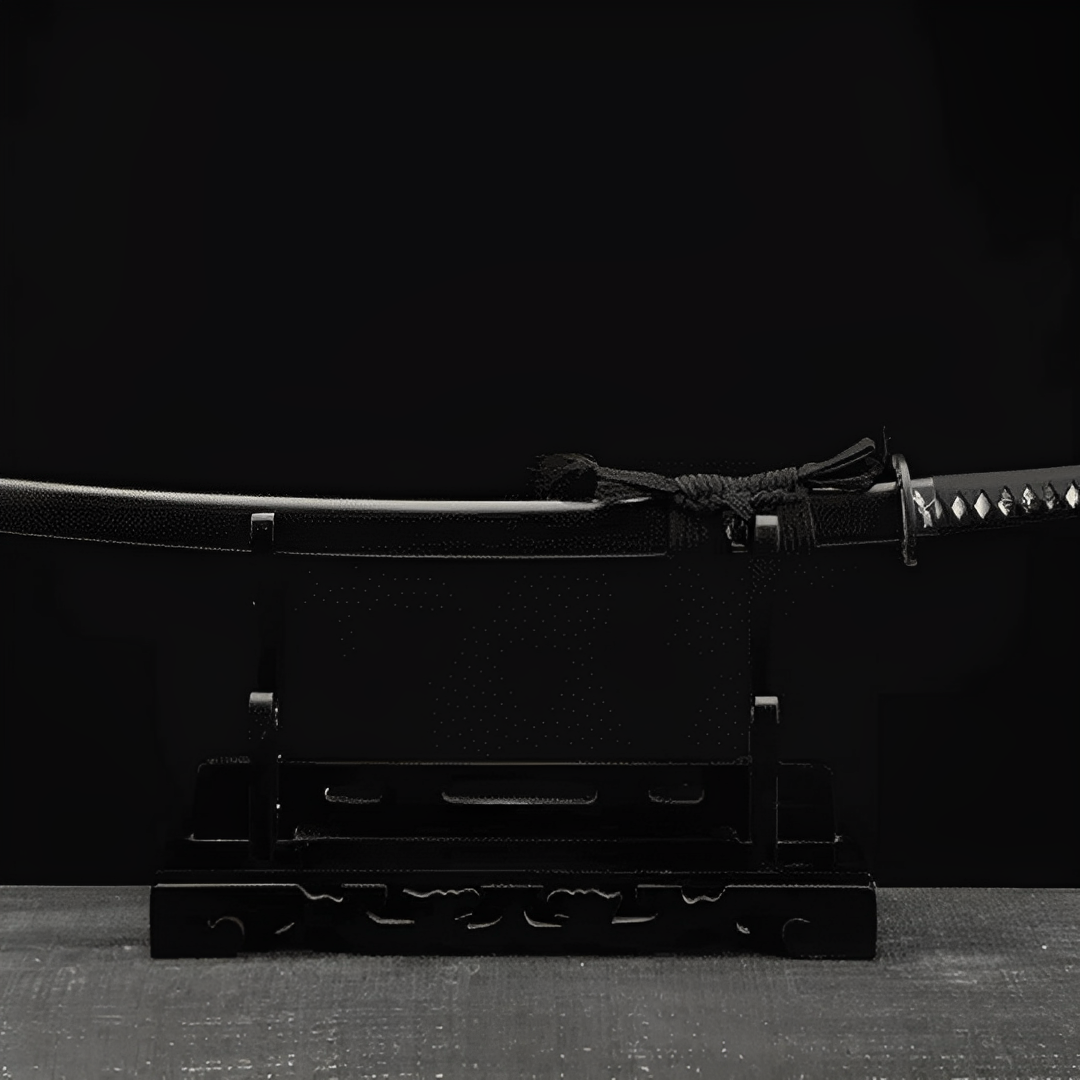
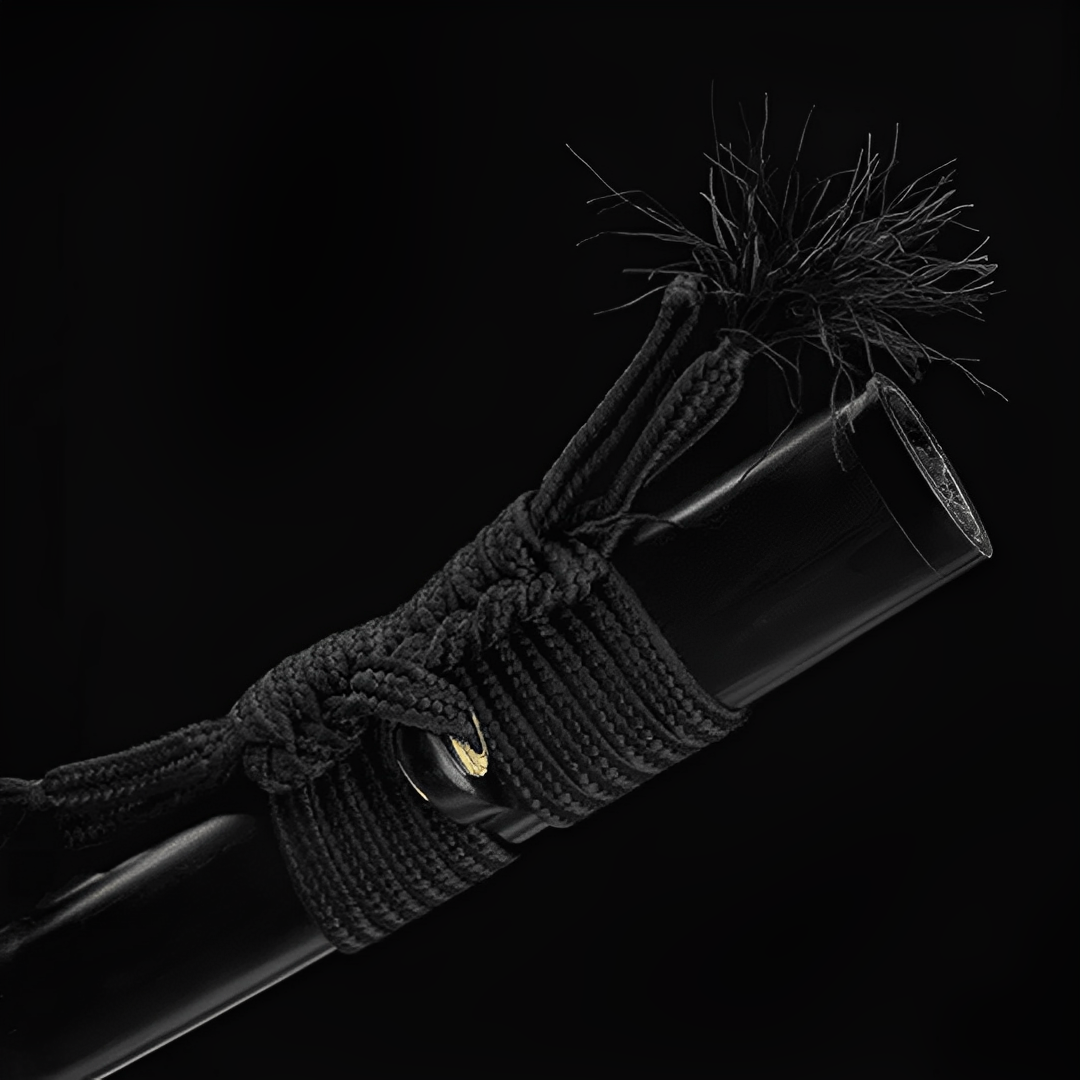
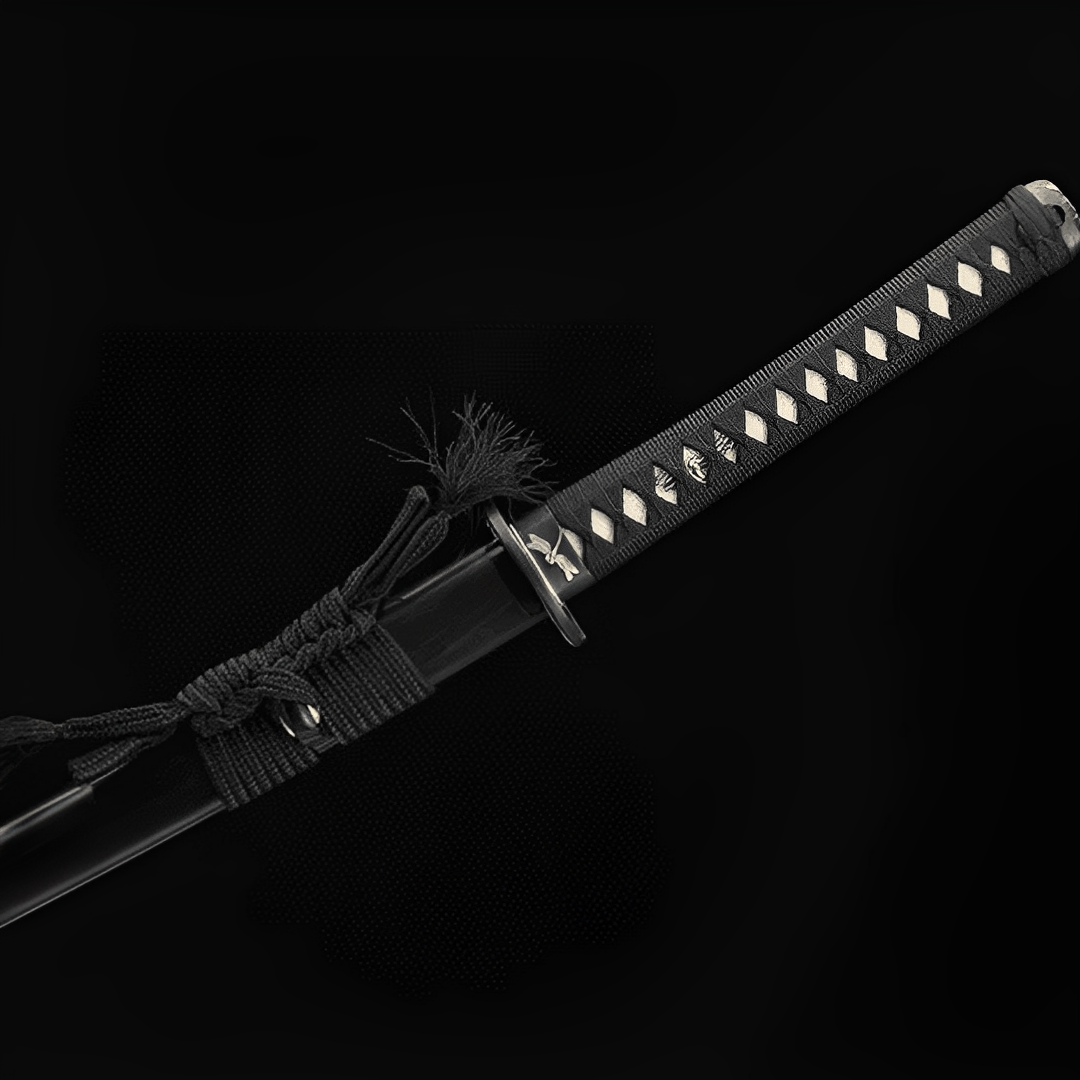
Why choose us
Ships within 48/72h
Forged Blade
Collector Quality
Trusted Globally
Inspired by Japan
Tombo Katana (Damascus Steel & Genuine Hamon) - 蜻蛉
Popular upgrades
Free Shipping over $250
No Bots, No AI
Refund Guaranteed
Free Shipping over $250
No Bots, No AI
Our team is here to help with any questions or concerns.
We’re always happy to assist you — don’t hesitate to reach out.
Why choose us
Ships within 48/72h
Forged Blade
Collector Quality
Trusted Globally
Inspired by Japan

Tombo Katana (Damascus Steel & Genuine Hamon) - 蜻蛉
Specifications
- Full tang in the handle
- SHARP blade
- Hand-forged
- Blade material: Damascus steel with genuine hamon
- Habaki material: Brass
- Genuine ray skin on the handle
- Finely carved copper & silver tsuba
- Tsuka-ITO made of cotton
- Total length: 105 cm
- Blade length: 72 cm
- Blade width: 3.2 cm
- Blade thickness: 0.7 cm
- Handle length: 30 cm
-
Included: Katana and its scabbard
Tombo Katana - Dragonfly Victory Forward Motion
Advance relentlessly with Tombo Katana, blade bearing insect refusing retreat. This unwavering samurai victory weapon transcends decoration - dragonfly sculpted on guard embodying katsumushi (勝虫 "victory insect") whose biology permits only forward flight teaching that retreat isn't option when anatomy prevents backward motion, damascus patterns suggesting iridescent wing membranes catching light, the entire piece channeling warrior philosophy learned from observing dragonfly's singular evolutionary commitment: no reverse gear means every engagement requires winning because fleeing proves impossible, asking whether you'll maintain escape routes enabling comfortable withdrawal or commit absolutely understanding that burning bridges behind forces excellence forward motion proves only option when backwards becomes impossible.
Katsumushi Victory Insect Heritage
Tombo (蜻蛉 dragonfly) holds specific place in samurai culture as katsumushi (勝虫 - victory insect) - warriors observed dragonflies never flying backwards, the insect's anatomy enabling only forward motion, that biological constraint becoming philosophical inspiration for samurai who adopted dragonfly as symbol representing courage, commitment, the warrior ethos that advance proves only option when retreat's impossibility removes comfortable alternatives. This no-retreat philosophy blade channels centuries of martial culture finding meaning in nature's design, recognizing that dragonfly's forward-only flight wasn't limitation but liberation from hesitation that backward options enable, the insect teaching through its existence that sometimes greatness emerges from constraints forcing commitment impossible when escape routes remain open.
Specifically, samurai helmets (kabuto) frequently featured dragonfly motifs, armor decorated with tombo-mon (dragonfly crests), warriors believed wearing dragonfly imagery brought battlefield victory through channeling insect's relentless forward momentum. That wasn't superstition but psychological truth - believing retreat impossible focuses energy on winning current engagement rather than calculating escape routes, mental commitment to forward motion enabling tactical decisions that preserving retreat options would prevent through maintaining safety margins that excellence requires surrendering.
Historical records document specific clans adopting dragonfly as mon (family crest) - the Honda clan prominently featured tombo-mon, battlefield commanders reportedly invoking dragonfly's example when rallying troops, the cultural resonance proving that nature observation informed martial philosophy, that warriors seeking tactical wisdom studied animals whose survival strategies offered lessons about when caution serves versus when commitment proves necessary, dragonfly specifically teaching that sometimes survival requires committing absolutely because half-measures guarantee failure when full commitment might succeed.
Buddhist philosophy specifically examined dragonfly through impermanence lens - adult dragonflies live mere months after years as aquatic nymphs, the brief aerial existence demanding living fully because time proves limited, the urgency creating beauty through intensity impossible for creatures living centuries achieving, dragonfly's ephemeral flight teaching that sometimes greatest experiences condense into brief moments demanding complete presence impossible when assuming unlimited time allows postponing full engagement.
Martial collectors specifically appreciate symbols drawn from nature observation rather than abstract concepts, recognizing that warriors learned tactics through studying successful survival strategies animals evolved across millions of years, that dragonfly's forward-only flight proved so successful evolutionarily that multiple insect orders independently evolved similar constraints, the convergent evolution suggesting that sometimes eliminating options creates advantages outweighing flexibility's benefits.
Sculptural Tsuba Nature Study
The three-dimensional dragonfly on tsuba creates this blade's most distinctive artistic element - not flat engraving but fully sculptural metalwork where insect appears perched on guard, wings detailed through relief carving showing membrane structure, body proportions anatomically accurate rather than stylized beyond recognition, the naturalistic approach demonstrating craftsman studied actual dragonflies rather than copying conventional artistic representations. This observational art guard embodies tradition where artists worked from nature rather than merely referencing earlier art, the direct observation producing accuracy and vitality impossible for copies-of-copies achieving, the three-dimensional form enabling viewing from multiple angles revealing different aspects impossible for flat decoration providing.
Traditional Japanese metalworking (金工 kinko) specifically elevated nature motifs through detailed observation - master craftsmen spent time watching subjects move, understanding anatomy and behavior, the accumulated knowledge enabling creating representations that felt alive rather than merely decorative, dragonfly's complex wing structure and segmented body providing particular challenge requiring understanding insect's actual morphology rather than assuming simplified forms would suffice. The anatomical accuracy blade proves that decoration serving merely pretty versus decoration serving naturalistic study differ fundamentally, the latter requiring knowledge and skill the former avoids through stylization concealing ignorance about actual subject anatomy.
The positioning specifically shows dragonfly at rest - wings spread but not in flight, the posture suggesting momentary pause before next forward motion, the stillness creating tension through implying imminent movement, the composition teaching that even victory-insect rests occasionally yet remains ready resuming forward progress instantly. That captured-moment quality demonstrates sophisticated artistic understanding about how suggestion sometimes communicates more powerfully than explicit action, how viewers' imaginations completing implied narrative creates engagement passive observation of completed action cannot achieve.
The copper/brown coloration specifically suggests certain dragonfly species' natural colors - not bright blues or greens but earth tones some species display, the naturalistic color choice reinforcing observational accuracy theme where artistic decisions serve representing nature honestly rather than imposing human aesthetic preferences contradicting subjects' actual appearance.
Iridescent Damascus Wings
The damascus steel patterns specifically suggesting dragonfly wing membrane structure creates perfect visual metaphor - the layered steel's flow patterns mimic wing veins (venation) that give dragonfly wings their distinctive appearance, the light-reflecting properties creating shimmer resembling iridescent membranes catching sunlight as insects hover and dart, the metallurgical technique serving functional purpose while simultaneously depicting symbolic creature's most visually distinctive feature. This wing-pattern steel blade achieves synthesis where technical requirements generate aesthetic communicating specific narrative rather than generic "damascus looks cool" reasoning lacking thematic coherence.
Dragonfly wings specifically feature complex venation patterns - the veins providing structural support while maintaining flexibility, the membrane transparency enabling flight efficiency, the overall structure representing millions of years evolutionary refinement creating optimal strength-to-weight ratio, nature's engineering proving superior to early human flight attempts that failed understanding principles dragonflies mastered eons before Wright brothers achieved powered flight. The biomimetic pattern therefore references both symbolic victory-insect and actual engineering marvel whose flight capabilities inspired human aviation research.
Unlike other damascus focusing on water (#38), earth strata (#45), clouds (#37), ocean waves (#32), this damascus specifically represents DRAGONFLY WINGS - the organic flowing lines mimicking biological structures rather than geological or meteorological phenomena, the thematic specificity preventing this becoming generic damascus application, the pattern choice emerging from unified design vision where every element reinforces tombo symbolism rather than random pretty features assembled without conceptual coherence.
Traditional Japanese textile patterns (和柄 wagara) frequently featured dragonfly motifs, the tombo-mon appearing on kimono, yukata, decorative arts, the cultural familiarity ensuring audiences recognizing even subtle references to victory-insect symbolism, the blade participating in broader aesthetic tradition where dragonfly imagery carried immediate meaning beyond mere insect depiction, the cultural literacy enabling sophisticated visual communication through carefully chosen natural symbols.
Forward-Only Philosophy
The dragonfly's biological inability flying backwards creates profound philosophical teaching about commitment - when retreat proves impossible, excellence in forward motion becomes survival requirement, the constraint forcing adaptation that optional retreat would prevent through enabling comfortable mediocrity, the victory-insect teaching that sometimes greatness emerges through burning bridges behind forcing forward as only viable direction. This commitment blade embodies that principle where eliminating retreat options paradoxically increases success probability through focusing all energy forward rather than splitting attention between advancing and preserving escape routes.
Specifically, modern psychology validates through "commitment devices" - mechanisms intentionally limiting future options forcing desired behavior, the recognition that human tendency preserving flexibility often prevents achievement requiring total commitment, examples including: athletes announcing goals publicly creating social pressure, writers paying for non-refundable writing retreats forcing work completion, dieters removing junk food from homes eliminating temptation, all strategies working through eliminating options that comfort provides yet excellence requires surrendering. The psychological commitment weapon teaches that sometimes self-imposed constraints enable surpassing achievements unlimited freedom paradoxically prevents through decision paralysis or comfortable mediocrity avoiding discomfort excellence demands enduring.
Samurai culture specifically understood this through bushido principles - warrior's honor required facing enemies rather than fleeing, social pressure and personal pride combining creating effective commitment device where retreat's shame proved worse than death's risk, the cultural structure channeling dragonfly's biological constraint into philosophical choice where warriors voluntarily accepted what dragonfly had no choice about, the deliberate adoption of forward-only mentality proving that sometimes choosing constraints demonstrates greater strength than maintaining unlimited options enabling comfortable avoidance.
Contemporary "no excuses" philosophies specifically channel similar principles - successful people often report that burning bridges, eliminating Plan B, committing absolutely to primary path created focus impossible when fallback options remained available, the testimonials validating ancient wisdom that victory-insect embodied through biological necessity, the dragonfly teaching through existence what humans must choose consciously understanding that sometimes self-limitation proves paradoxically liberating.
Victory Symbol Collection
This warrior inspiration piece serves collectors appreciating martial philosophy exploring how nature observation informed warrior culture, recognizing that samurai weren't merely killing machines but philosophical warriors seeking meaning through contemplating natural world, studying animals for tactical lessons, finding inspiration in creatures whose survival strategies offered insights about human challenges, the dragonfly specifically teaching that sometimes survival requires committing absolutely because hesitation guarantees failure when full commitment might succeed.
Traditional Japanese culture specifically valued nature observation as educational practice - children learned through watching insects, seasons, plants, the accumulated knowledge creating deep connection to natural cycles and understanding that human behaviors often paralleled patterns observable throughout living world, the dragonfly becoming particularly significant for warrior class who recognized parallels between insect's forward-only flight and battles where retreat proved impossible, the natural metaphor providing framework for understanding psychological aspects of combat that pure tactical training couldn't address.
Museum exhibition contexts specifically welcome pieces demonstrating how cultures found meaning through nature - the dragonfly tsuba becoming educational opportunity teaching about Japanese symbolic vocabulary where animals carried specific meanings beyond literal interpretation, the blade enabling discussions about biomimicry (learning from nature), symbolic thinking (using nature as metaphor), cultural transmission (how symbols maintain meaning across generations), all topics connecting sword to broader anthropological and philosophical questions.
Contemporary relevance specifically includes people seeking philosophical frameworks addressing commitment, fear, courage, the universal human challenges that samurai confronted wearing dragonfly imagery hoping channel victory-insect's relentless forward momentum. The blade serves that desire - physical object embodying genuine philosophical tradition offering insights applicable beyond historical context into modern life's challenges requiring similar commitment dragonfly models through biological necessity and samurai adopted through philosophical choice.
The no-retreat philosophy sword particularly appeals to collectors who appreciate that finest pieces teach through their existence, that objects embodying complex concepts provide daily reminders about principles worth remembering, that sword depicting victory-insect prompts reflection about when retreat serves versus when commitment proves necessary, when preserving options demonstrates wisdom versus when burning bridges focuses energy enabling achievements hesitation prevents, the blade becoming meditation object rather than mere decoration.
Care Instructions: Maintain this victory-insect blade understanding dragonfly symbolism demands honoring through committed care. The damascus wing patterns require regular oiling preventing corrosion that would obscure iridescent appearance mimicking actual membrane structure. The sculptural dragonfly tsuba demands gentle cleaning removing debris from relief details without abrading delicate metalwork - use soft brushes following wing vein patterns, the careful attention paralleling naturalist's patient observation that inspired accurate anatomical representation. The genuine hamon needs protection from humidity and oils. Handle knowing this embodies specific martial philosophy about commitment and forward motion, that carrying dragonfly blade connects you to centuries of warriors who found inspiration in insect refusing retreat, who recognized that sometimes survival requires burning bridges behind forcing excellence as only alternative to failure, who understood that victory-insect's biological constraint became philosophical liberation when consciously adopted rather than circumstantially forced. Display where it prompts daily reflection about your own commitments - what requires absolute dedication? Where does preserving retreat options prevent excellence demanding total focus? When does maintaining flexibility serve wisdom versus when does eliminating options force necessary growth? Consider this blade teaching that dragonfly's success across 300 million years evolution validates forward-only strategy, that sometimes nature's constraints reveal optimal approaches humans discover through painful trial and error, that victory-insect called so for reason recognizable to warriors who understood that battlefield success often required same unwavering forward commitment dragonfly's anatomy enforced through biological necessity. The tombo reminds: retreat isn't always option, sometimes bridges must burn forcing forward as only direction, victory comes to those who commit absolutely understanding that half-measures guarantee mediocrity while total commitment enables potential greatness impossible when comfortable escape routes remain available providing psychological safety net preventing risk-taking excellence requires, the dragonfly teaching through existence that sometimes elimination of options proves paradoxically liberating through focusing energy previously wasted calculating retreat strategies now channeled completely toward forward motion, the victory-insect's lesson remaining valid across centuries since samurai first recognized that nature's designs often teach truths about human excellence requiring observation's patience to discover.
Forward only. No retreat. The victory-insect flies one direction. Dragonfly teaches: commit absolutely, burn bridges behind, excellence requires.
Legal Disclaimer
By purchasing from Katana Corp, you acknowledge and agree that:
- You are at least 18 years of age (or the age of majority in your jurisdiction).
- You are solely responsible for verifying and complying with all local laws and import regulations before placing an order.
- Some countries prohibit the importation of swords entirely. Katana Corp is not responsible for orders delayed, seized, or refused by customs authorities.
- All katanas and related products are sold strictly as decorative and display items. They are not intended or certified for combat use.
- Depending on the jurisdiction, swords may legally be considered bladed weapons, subject to specific restrictions or prohibitions.
- Katana Corp disclaims all liability for any injury, damage, or legal consequences resulting from misuse, abuse, or unlawful use of its products.
For full details, please refer to our Terms of Service.
Care & Maintenance
To maintain your katana's appearance and performance over time, we recommend:
- Regularly wiping the blade with a soft cloth to remove fingerprints and moisture.
- Applying a light coat of choji oil to prevent rust (for carbon steel blades).
- Storing the sword in a dry place, preferably inside its saya.
- Avoiding direct contact with hard surfaces to preserve sharpness and finish.
For more care tips, check our full maintenance guide in the FAQ section.
Behind the Blade
Every katana we offer carries the essence of centuries-old craftsmanship.
More than just a weapon, the katana symbolizes discipline, honor, and mastery.
Our artisans draw inspiration from traditional forging methods to ensure each blade reflects the spirit of the samurai — strength, precision, and soul.
Owning one is not just about aesthetics — it’s about carrying a piece of that legacy.
User Experience
This katana is designed to offer a perfect balance between blade and handle.
Its ergonomic tsuka (handle) allows a secure two-handed grip, while the weight distribution ensures smooth, fluid movement.
Whether for training, display or cutting practice, handling feels natural and precise.
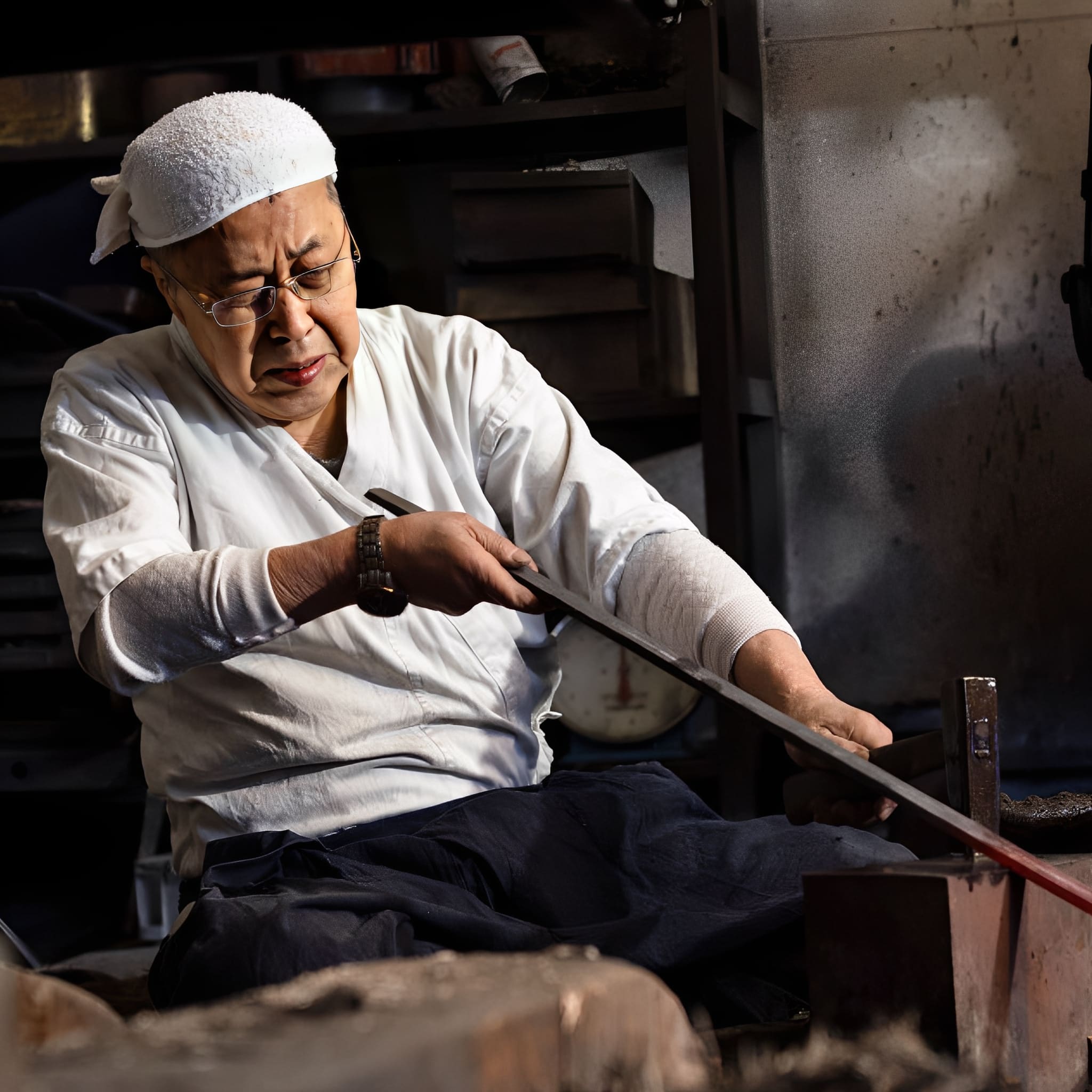
The Art of Traditional Forging
Each katana we craft is born from centuries of samurai tradition.
Our master smiths shape every blade by hand, folding the steel to achieve unmatched strength, flexibility, and beauty.
This time-honored process is not just about creating a weapon? it’s about preserving a legacy of discipline, honor, and artistry.
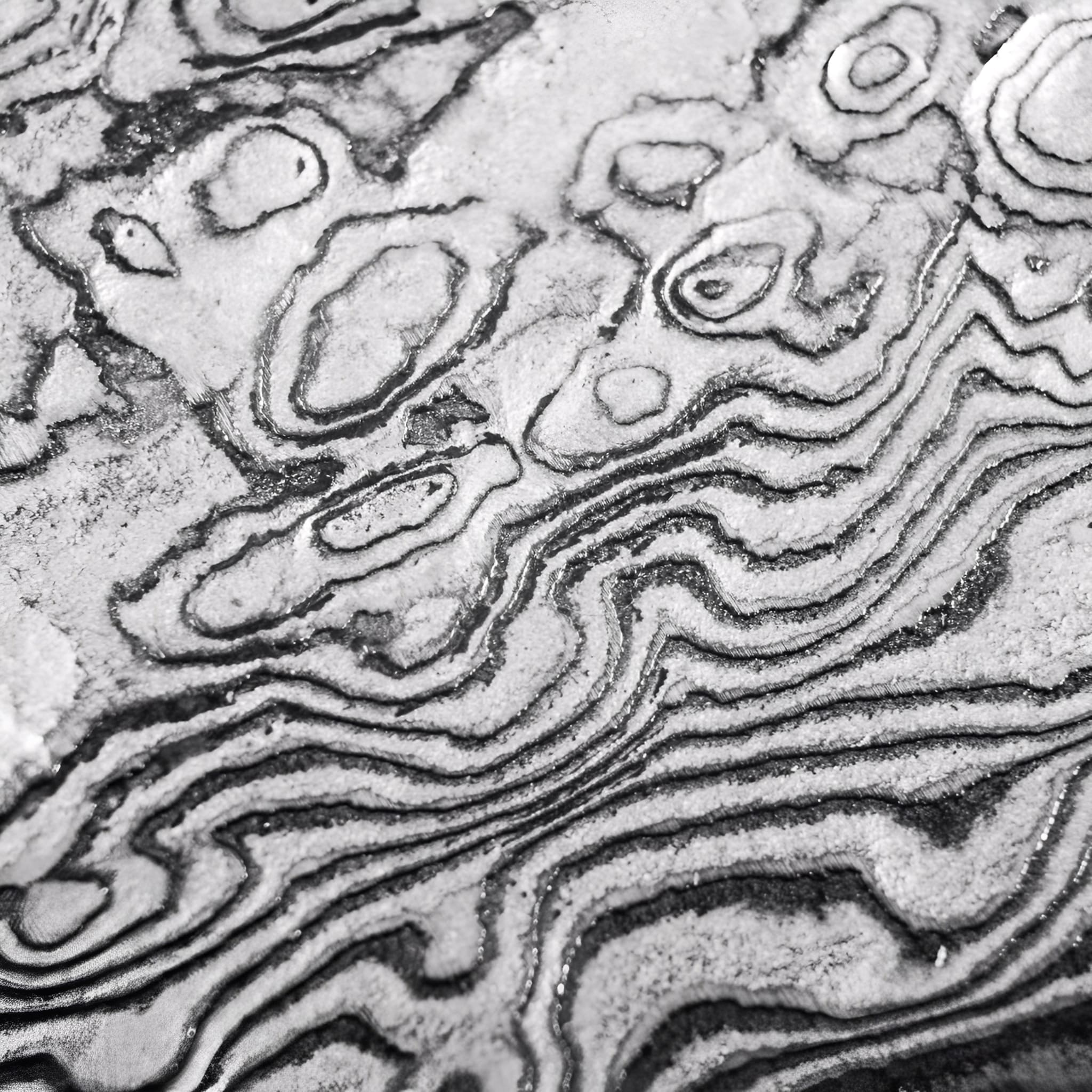
Materials Chosen Without Compromise
We select only the highest-grade steels and authentic fittings to ensure every katana is both a masterpiece and a reliable companion.
From the flawless hamon line to the perfectly balanced tang, each detail is carefully inspected to meet the highest standards of performance and aesthetics.
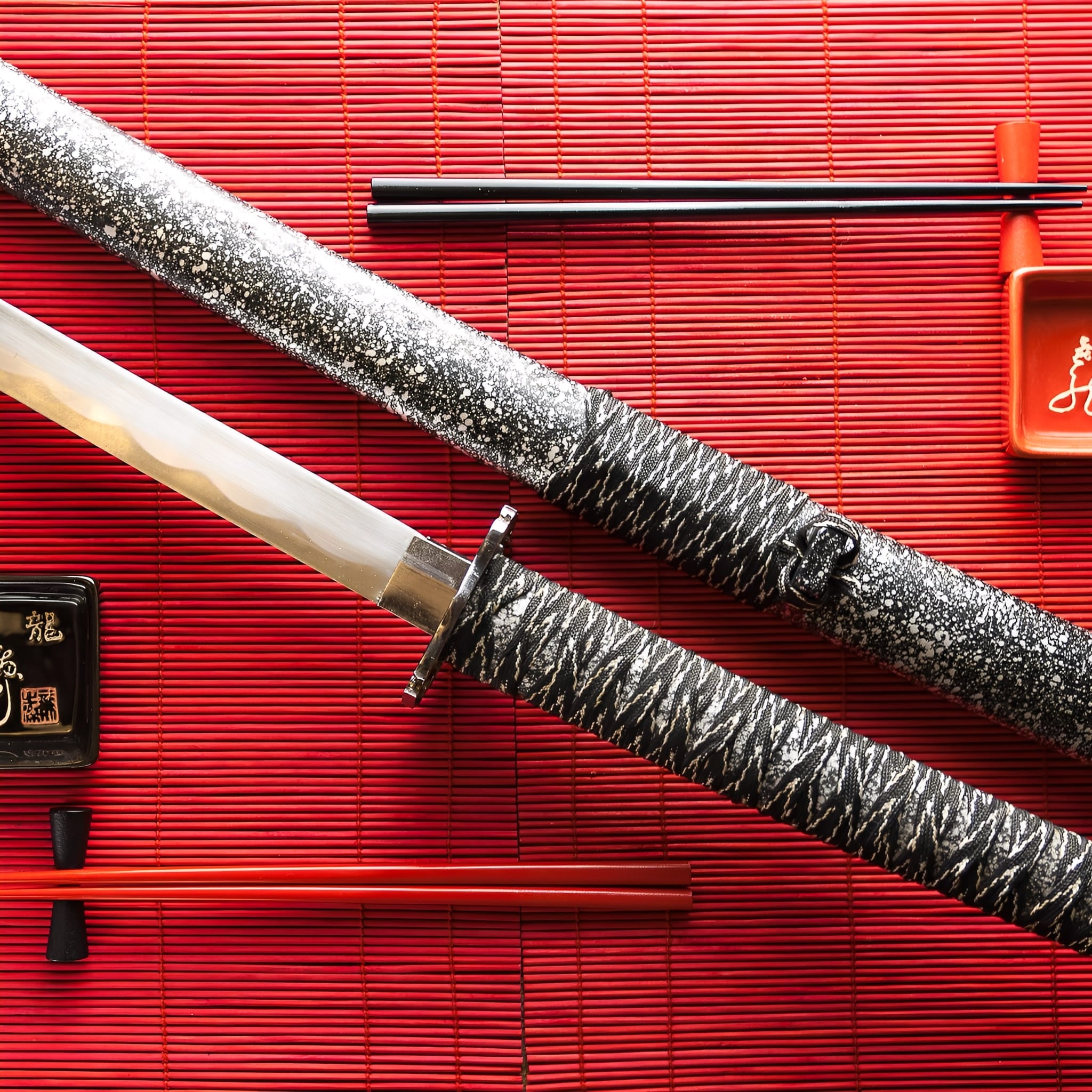
More Than a Sword, A Lifelong Legacy
Owning a handmade katana is an experience that goes beyond the blade itself. It’s holding history, tradition, and craftsmanship in your hands.
Whether displayed as a work of art or wielded with precision, your katana will stand as a symbol of timeless skill and dedication for generations to come.
-
Key Destinations
United States: 5–7 days
Canada: 5–7 days
Australia: 6–9 days
Denmark: 4–6 days
Netherlands: 3–5 days
Sweden: 4–6 days
Switzerland: 3–5 days
Finland: 5–7 days
Singapore: 6–8 days -
Central European Partners
France: 2–3 days
Germany: 3–5 days
Spain: 4–6 days
Italy: 4–6 days
Belgium: 3–5 days
Austria: 4–6 days
Ireland: 4–6 days
Poland: 4–6 days
Portugal: 4–6 days -
Extended EU Network
Czechia: 4–6 days
Hungary: 4–6 days
Slovakia: 4–6 days
Slovenia: 5–7 days
Romania: 5–7 days
Bulgaria: 5–7 days
Croatia: 5–7 days
Serbia: 5–7 days
Estonia: 5–7 days
Latvia: 5–7 days
Lithuania: 5–7 days
Luxembourg: 3–5 days
Greece: 5–8 days -
FAQ’s
Visit our FAQs page to find answers to common questions.